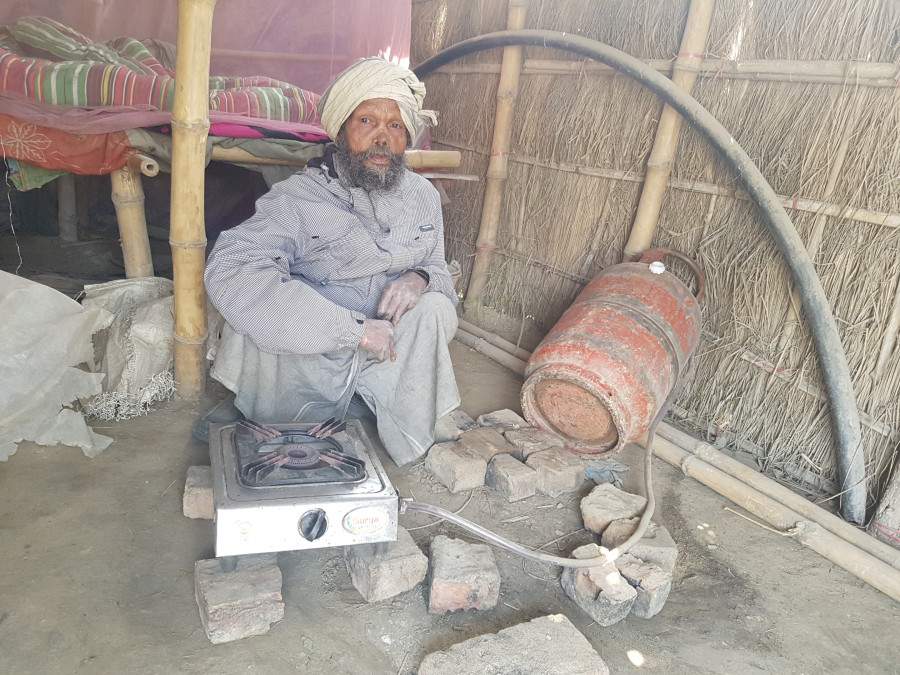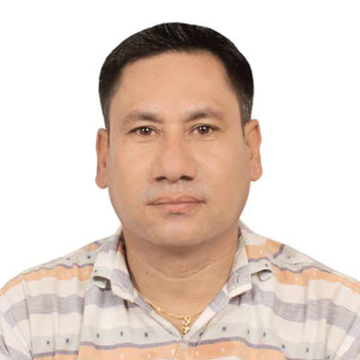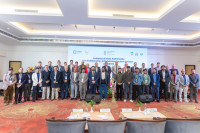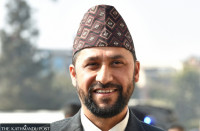National
Leprosy cases on the rise in Rautahat
The District Public Health Office (DPHO) in Rautahat has plans to mobilise volunteers to search for leprosy patients in the district after the number of patients suffering from the disease is seen to be increasing.
Shiva Puri
The District Public Health Office (DPHO) in Rautahat has plans to mobilise volunteers to search for leprosy patients in the district after the number of patients suffering from the disease is seen to be increasing.
According to Mahesh Sah, tuberculosis and leprosy inspector of the DPHO, volunteers will be mobilised in the district in the next few days. “We will go from door to door to check for patients suffering from leprosy,” he said, adding that they will soon launch a district-wide campaign to control the spread of disease.
A recent survey in five local units of the district showed an increase in the number of leprosy patients. At least 100 leprosy patients have been identified in Rautahat this year alone. In Chandrapur Municipality, there are 20 leprosy patients. Among them, seven are new cases.
Authorities said that there are a number of leprosy patients in all eight districts of Province-2. According to government data, around 900 people are affected by the disease in the province. To control further spread of the disease, all local units have plans to start awareness programmes. The government provides free medicines to leprosy patients and there is a 99 percent chance of complete recovery post treatment.
Because leprosy is caused by Mycobacterium leprae is transmittable, most patients do not openly talk about or seek treatment for the said disease. If left untreated, the disease could permanently damage nerves, eyes and limbs of the host body.
Inardev Ram, 60, a native of Namnagra Tole in Paroha Municipality-5, who lost some fingers and toes to the disease, said that he was driven out from his village after he suffered from leprosy. “I am living on the footpath under a flimsy makeshift tent. The villagers did not allow me to enter the settlement after they found out about my illness,” said Ram, adding that his is now leprosy-free with no danger of the disease transmitting to those who come in contact with him. According to Ram, villagers ostracise leprosy patients like him due to a fear of the disease.
Leprosy was believed to have been eliminated globally in the year 2000 with the disease prevalence rate dropping to below 1 per 10,000 population. Though all countries have achieved this rate at the national level, at the sub-national level, it remains an unfinished agenda. Leprosy continues to afflict the vulnerable, causing life-long disabilities in many patients, subjecting them to discrimination, stigma and a life marred with social and economic hardships.
The World Health Organization (WHO) has considered Bangladesh, India, Indonesia, Myanmar, Nepal and Sri Lanka as high-endemic countries, contributing 99.8 percent of new cases from the South-East Asia Region in 2014. The WHO has an aim to eliminate the disease from Nepal by 2020.




 15.12°C Kathmandu
15.12°C Kathmandu















